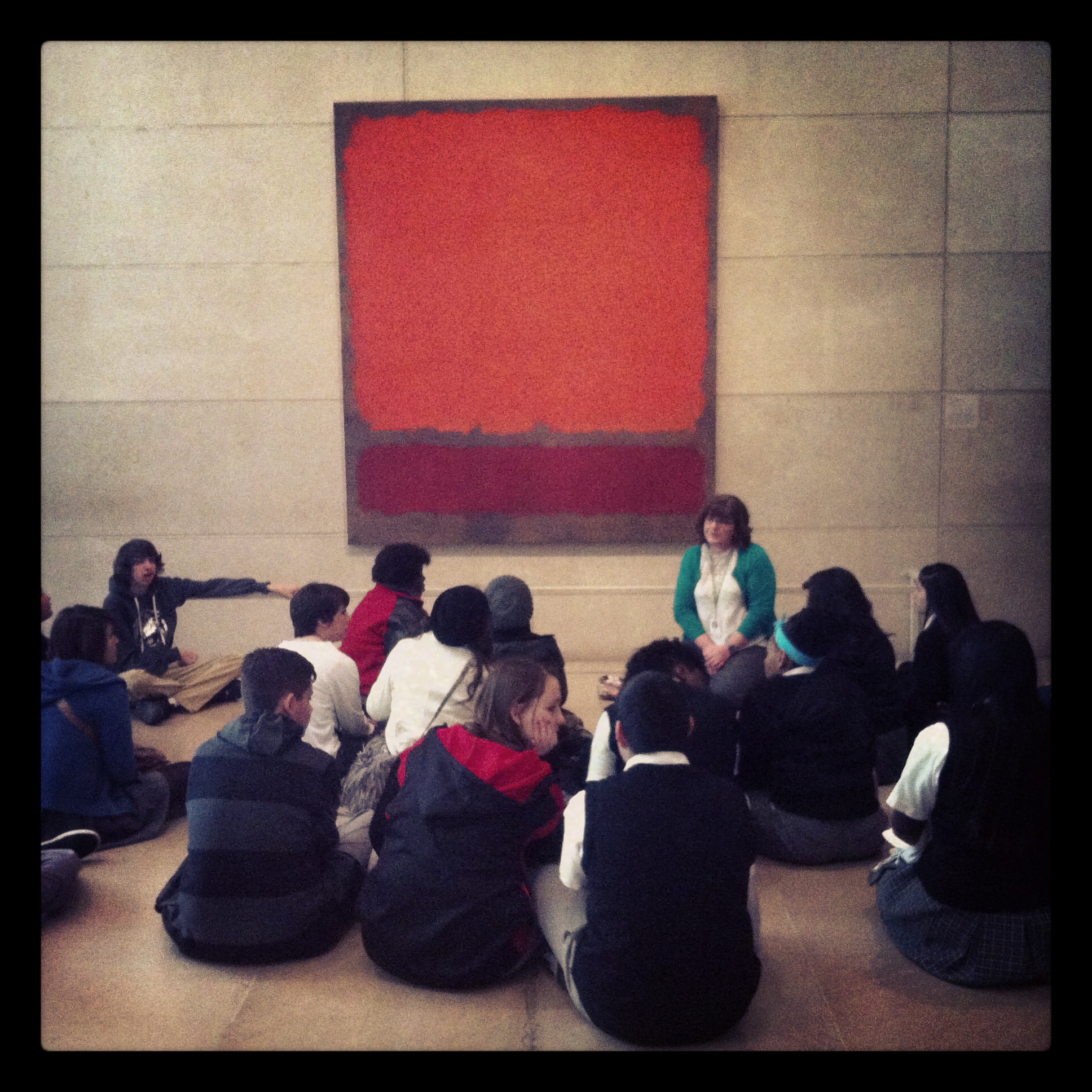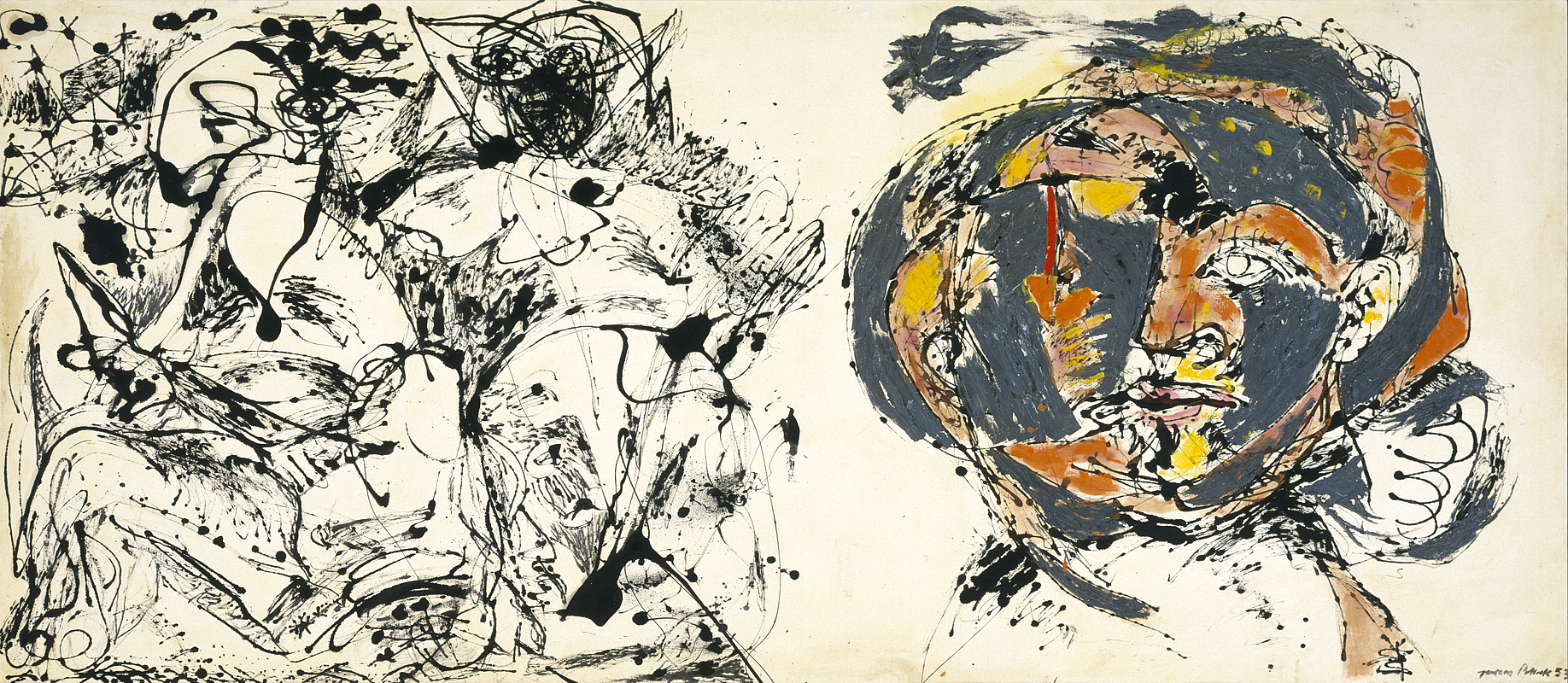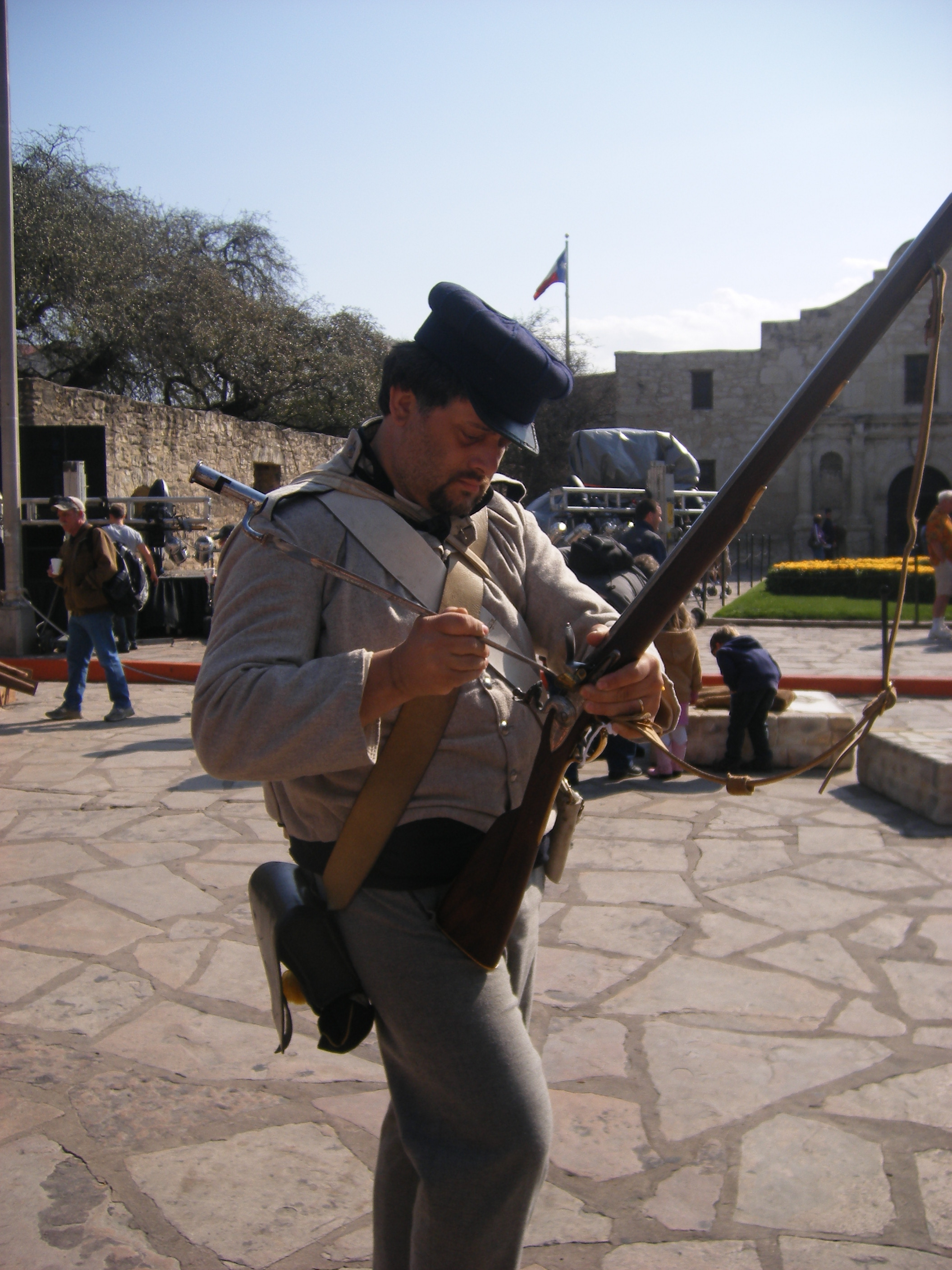This month we have thoroughly enjoyed collaborating with our neighbors at the Dallas Theater Center on their play Red, showing until March 24. Red, a two-actor play about the painter Mark Rothko, focuses on an enormous commission Rothko received from the Four Seasons Restaurant in the Seagram Building in New York. During the play, Rothko’s fictional assistant Ken increasingly probes and questions Rothko about his intentions for his Seagram paintings as well as his theories on art.
To experience the play, audience members must walk directly into a re-creation of Rothko’s studio—the play’s set—and sit around its perimeter. Rothko intended viewers of his work to be completely immersed in his paintings. Reflecting that intention, viewers of Red must be completely immersed in the play, literally sitting in the set among the actors.
Our collaboration with DTC began with a DMA-hosted workshop for staff from both organizations. (Read about the impetus for the collaboration and the staff workshop on our blog Uncrated.) As part of the collaboration, we invited area high-school students to a matinee of Red followed by an in-depth and interactive conversation about Mark Rothko and related artists in the DMA galleries.
Of course we spent time visually exploring Rothko’s Orange, Red and Red. We encouraged the students to immerse themselves in the painting. We reminded them of Rothko’s line from the play:
“You’ve got to get close. Let it pulsate […] Let it wrap its arms around you; let it embrace you, filling even your peripheral vision so nothing else exists or has ever existed or will ever exist. Let the picture do its work—But work with it. Meet it halfway…Engage with it!”
We asked students to describe the experience of entering into the painting as if it were a place. What do you see? What does it smell like? How is the weather? How would you describe this place to someone who has never been there?
We also explored the work of artists that Rothko discusses in the play, such as Pablo Picasso and Robert Rauschenberg. Rothko’s character says “We destroyed Cubism… We stomped it to death. Nobody can paint a Cubist picture today.” Students investigated Picasso’s Bottle of Port and Glass and discussed the ideas behind Cubism in comparison to Rothko’s process and ideas about art. Similar discussions were facilitated around Rauschenberg’s Skyway, and we talked about the cycle of artists creating art in response or in opposition to artists that came before them. In Red, Rothko worries that the “young artists” like Andy Warhol and Robert Rauschenberg are out to kill him, much in the same way he claims to have destroyed the Cubists.
Lastly, we looked at Karla Black’s installation Exactly That in comparison to Orange, Red and Red. The students responded in a number of ways: Both incorporate large rectangular forms; The process to create both was precise and thought out. One student noticed that both included a perimeter of some sort. However, he thought that Rothko’s soft brown outlines drew viewers into the painting, while Black’s hanging strips of tape functioned like a barrier.
What kinds of comparisons can you make with these works?
- Jackson Pollock, Portrait and a Dream, 1953
- An Alamo Soldier
Be sure to check out new online teaching materials about Rothko on CONNECT! And thanks to our colleagues at DTC for this great collaboration!
Artworks shown:
- Mark Rothko, Orange, Red and Red, 1962, Dallas Museum of Art, gift of Mr. and Mrs. Algur H. Meadows and the Meadows Foundation, Incorporated
- Pablo Picasso, Bottle of Port and Glass, 1919, Dallas Museum of Art, Museum League Purchase Fund, The Cecil and Ida Green Foundation, Deedie and Rusty Rose, The Pollock Foundation, Mary Noel Lamont and Bill Lamont, Mr. and Mrs. Thomas O. Hicks, Howard E. Rachofsky, an anonymous donor, Mrs. Charlene Marsh in honor of Tom F. Marsh, Gayle and Paul Stoffel, Mr. and Mrs. George A. Shutt, Dr. Joanne Stroud Bilby, Mr. and Mrs. Barron U. Kidd, Natalie (Schatzie) and George T. Lee, Jr., Mr. and Mrs. Jeremy L. Halbreich, Dr. and Mrs. Bryan Williams, and Mr. and Mrs. William E. Rose
-
Robert Rauschenberg, Skyway, 1964Dallas Museum of Art, The Roberta Coke Camp Fund, The 500, Inc., Mr. and Mrs. Mark Shepherd, Jr. and General Acquisitions Fund
- Karla Black, Exactly That, 2012, Courtesy Stuart Shave/Modern Art, London and Galerie Gisele Captain, Cologne
Andrea V. Severin
Interpretation Specialist



